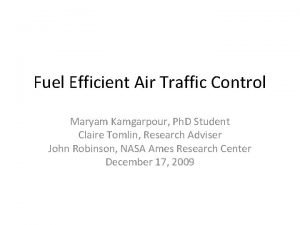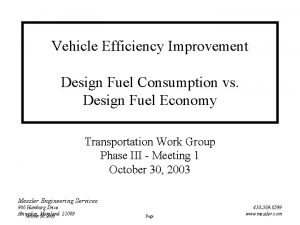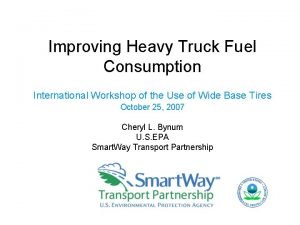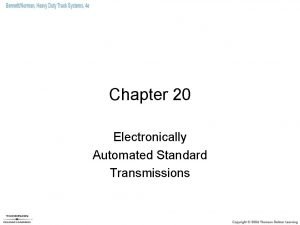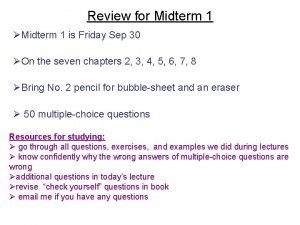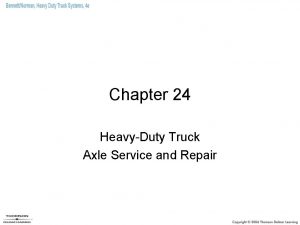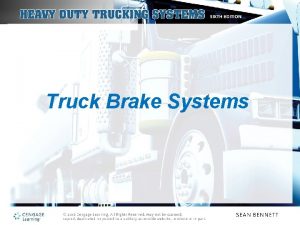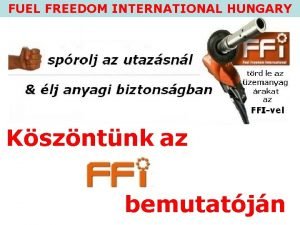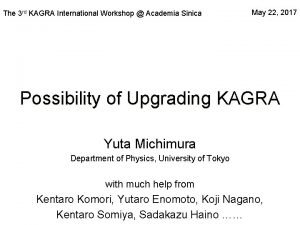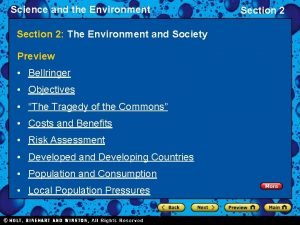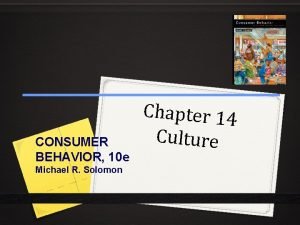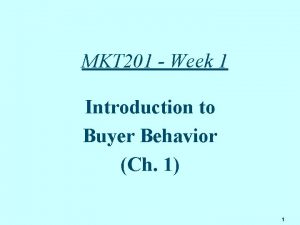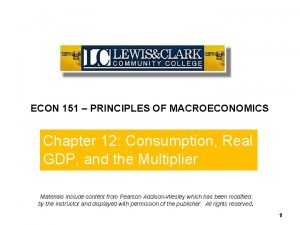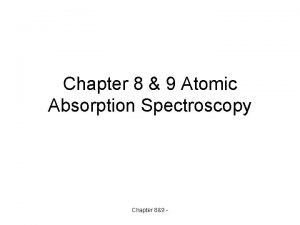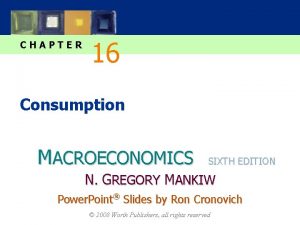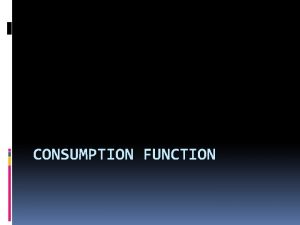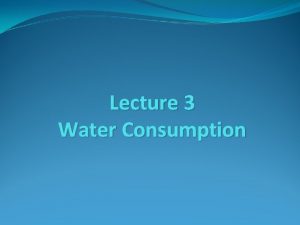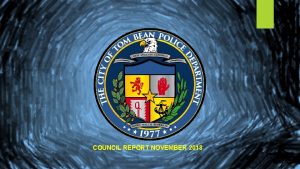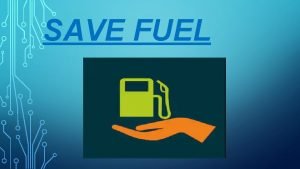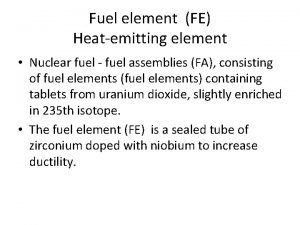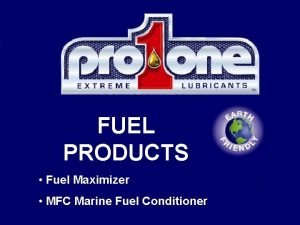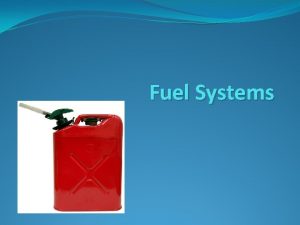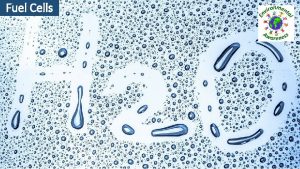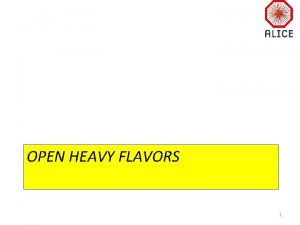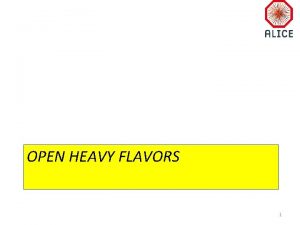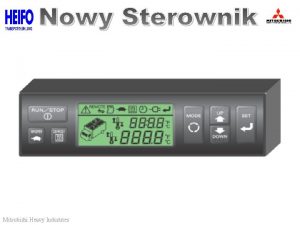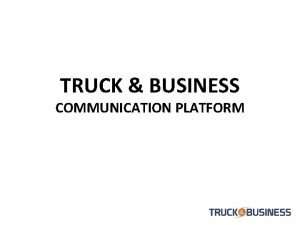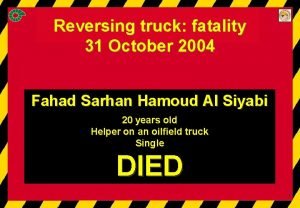Improving Heavy Truck Fuel Consumption International Workshop of
















- Slides: 16

Improving Heavy Truck Fuel Consumption International Workshop of the Use of Wide Base Tires October 25, 2007 Cheryl L. Bynum U. S. EPA Smart. Way Transport Partnership

Smart. Way Transport Partnership Background • The Smart. Way™ Transport Partnership is a collaboration between EPA, industry and other stakeholders, to accelerate deployment of cleaner, more efficient transportation options – Market-based incentives & recognition – Technical tools and information • Launched in February, 2004 • By 2012 the program aims to save between 3. 3 and 6. 6 billion gallons of diesel fuel per year which translates to eliminating between 33 - 66 million metric tons of CO 2 emissions and up to 200, 000 tons of NOx emissions per year

Elements of Smart. Way Program 1. Reduce unnecessary long-duration truck and rail idling 2. Establish business-to-business incentives for fuel-efficient transportation through corporate partnerships 3. Identify and promote the most fuel-efficient trucks and equipment 4. Provide access to capital for smaller fleets & owner-operators 5. Disseminate information through events, web site, newsletters, and marketing in mass and trade media 6. Encourage the use of renewable fuels (E 85, biodiesel) by providing information, quantifying benefits, and promoting quality-assurance efforts 7. Extend collaboration geographically and throughout the supply chain

Smart. Way Program Results After just 3 years, the Smart. Way Program with its many effective strategies for overcoming deployment challenges has achieved the following • • • 631 partners 671 M fewer gallons fuel 7 M tons less CO 2 30 K tons less NOx 824 tons less PM

Technology Program Goals • Demonstrate fuel-saving potential of various heavy-duty truck designs and equipment • Explore whethere is an associated reduction in pollutants • Designate the cleanest, most fuel-efficient heavy-duty trucks as “Smart. Way” • Develop test methods, as needed

Our Goal: Reduce emissions while increasing fuel economy

EPA Smart. Way tests • Phase I (2004 -2005) – ROVER PEMS – Mack cooled EGR engine & 2004 emission standards – Single wide tires (2 types), aluminum wheels, trailer aerodynamic fairings (front, side (2 types), rear) • Phase II (2005 -2006) – SEMTECH-D PEMS and portable fuel tank – Kenworth T 600 with 2004 CAT ACERT engine and Freightliner FLD 120 with 2000 DDC-60 engine – Single wide tires (2 types), aluminum wheels, trailer aerodynamic fairings (front, side (2 types), rear (2 types))

Test Method • SAE J 1321 (Joint TMC/SAE Fuel Consumption Test Procedure Type II) – Tests Control (C) and Test (T) truck • Compares T: C ratio at baseline and under test conditions • Obtains percent change due to component being tested. • Both sets of trucks were paired were identical in MY, engine model, drive train components, emission controls, rated HP, engine displacement & manufacturer – – Fuel Consumption (gravimetric, J 1321) Fuel Consumption (from carbon balance, J 1094 a) NOx Emissions from exhaust gas analyzers Tested single wide tires with aluminum wheels and aerodynamic fairings (side, front, rear) on trailer – Four different drive cycles – 115 total test runs

Drive cycles used in test program

TEST TRACK: 8 -mile oval Conducted by Sw. RI at the Continental General Proving Grounds in Uvalde, TX

Technologies Tested Single wide tires Trailer fairings (composite belly fairing shown)

More fairing types tested: Gap Reducer Inflatable Boat-tail Aluminum belly fairing Folding Boat Tail

Results • Results confirmed significant (10% or higher) per-mile reductions in fuel consumption and NOx emissions during highway-type operation – Trailer retrofits account for about 6 -7% fuel savings – Single wide tires account for about 3 -4% fuel savings – Higher savings from tires may be possible – baseline test tires were lower rr than the most popular brands of line haul drive and trailer truck tires • EPA and co-authors (Sw. RI, Sensors) wrote three SAE papers – Available on EPA Smart. Way web site for technical publications: – http: //epa. gov/smartway/swresources. htm • EPA drafted SIP guidance for States to use fuel-saving truck retrofits to meet air quality standards – Available on EPA web site for SIP and Conformity guidance: – http: //www. epa. gov/otaq/stateresources/transconf/policy/420 b 07004. pdf • EPA developed a design specification for a “Smart. Way” designation for OTR tractor-trailers – Used results of testing, other data and research – To date, all class 8 truck OEs have at least one Smart. Way model and 3 major trailer OEs have Smart. Way trailers – Tire options include single wides and other low rr tires

Looking Toward Future – Test Method for Smart. Way • EPA is collaborating with wide range of stakeholders to develop a test method to test medium- and heavy-duty truck fuel consumption – Plan is to offer both a test track and a chassis dynamometer option • When test method is finalized, it would be used to designate next generation of Smart. Way trucks • Plan to have a draft document for external review late this year/early 2008

Looking Toward Future, con’t. • EPA would like to be able to offer a modeling option to augment testing – For changing components like tires to a tested truck • EPA is closely following the ISO 28580 tire rolling resistance standard development – Test could provide a benchmark for determining the tire performance requirement for future Smart. Way truck designations and as an input for dynamic vehicle modeling • EPA is also closely following current state of research on tire-pavement interaction • EPA Smart. Way is collaborating with its “sister” programs in Canada and Mexico, to encourage them to consider single wide (and other low rolling resistance) tires in their truck fuel efficiency efforts

Questions? Thank You! Cheryl L. Bynum US EPA Smart. Way Bynum. cheryl@epa. gov 734 -214 -4844
 Fuel consumption rate
Fuel consumption rate Fuel consumption
Fuel consumption Fuel consumption
Fuel consumption Heavy duty truck systems
Heavy duty truck systems A large heavy truck and a small baby carriage
A large heavy truck and a small baby carriage Heavy duty truck axle repair
Heavy duty truck axle repair Caging air disc brakes
Caging air disc brakes Ratey algebra 2
Ratey algebra 2 Fuel freedom international
Fuel freedom international Kagra international workshop
Kagra international workshop Consumption in science
Consumption in science Sacred and profane consumption
Sacred and profane consumption Consumption function formula
Consumption function formula What is consumer behaviour
What is consumer behaviour Econ 151
Econ 151 Theory of atomic absorption spectroscopy
Theory of atomic absorption spectroscopy Keynesian consumption function
Keynesian consumption function
